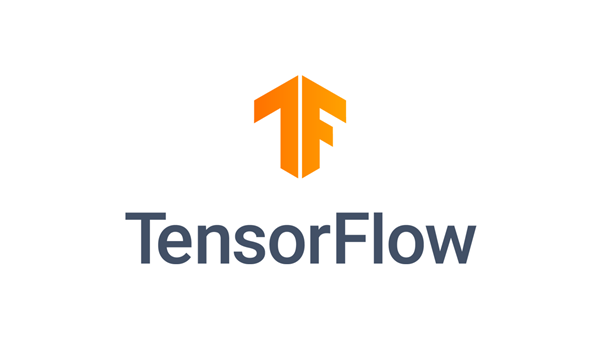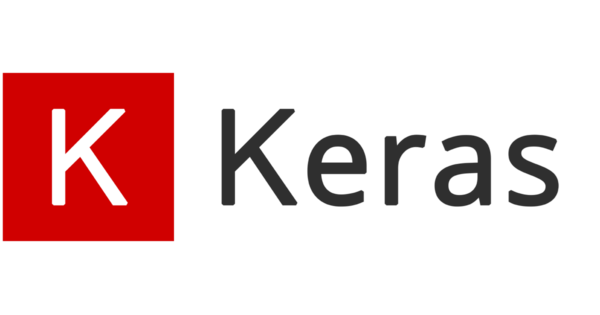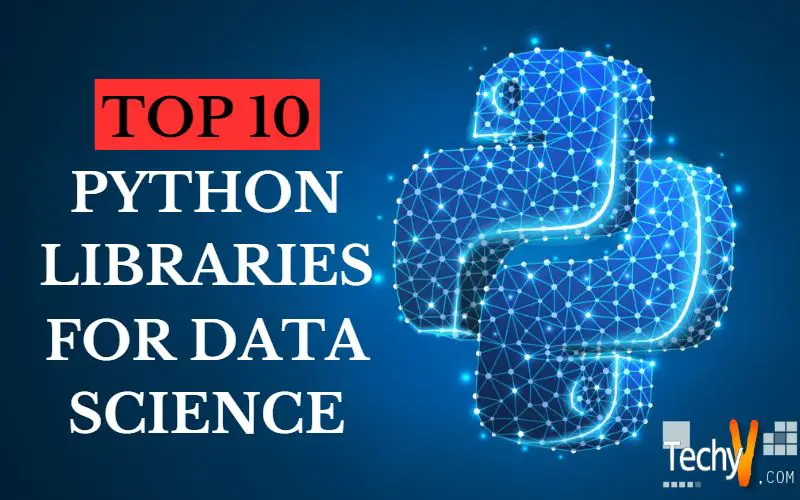The most popular programming language nowadays is Python. Python always astounds its users when handling jobs and problems related to data science. The majority of data scientists already regularly use Python’s power. Python is a popular, object-oriented, open-source, high-performance language that is simple to learn and easy to debug, among many other advantages. Python was created with outstanding data science packages that programmers utilize daily to solve challenges.
1. TensorFlow
TensorFlow is the first Python library for data science on the list. TensorFlow is a popular community of over 1,500 authors and a library for high-performance numerical computations with about 35,000 comments. It is employed in numerous scientific disciplines. TensorFlow is a framework for creating and executing calculations with tensors, which are computational objects are only partially described yet ultimately generate a value.

2. SciPy
Another free and open-source Python library for data science that is widely used for complex computations is SciPy (Scientific Python). On GitHub, SciPy has around 19,000 comments and a thriving community of 600 contributors. Because it extends NumPy and offers a variety of user-friendly and effective routines for scientific calculations, it is widely used for scientific and technical measures.

3. NumPy
The essential Python module for numerical calculation is called NumPy (Numerical Python), and it includes a potent N-dimensional array object. On GitHub, it has almost 18,000 comments and a 700-person active community. It is a general-purpose array-processing software that offers capabilities for working with high-performance multidimensional objects known as arrays. By providing these multifaceted arrays and functions and operators that work effectively on these arrays, NumPy partially overcomes the slowness issue.

4. Pandas
The data science life cycle is only complete with Pandas (Python data analysis). Along with NumPy in matplotlib, it is the most well-known and commonly used Python module for data research. It is used for data analysis and cleansing, with almost 17,00 comments on GitHub and an active community of 1,200 contributors. Pandas offer quick, adaptable data structures, like data frame CDs, that make it simple and natural to work with structured data.

5. Matplotlib
Matplotlib offers robust yet gorgeous visualizations. It’s a fairly active community of over 700 contributors and a Python charting library with about 26,000 comments on GitHub. It is often used for data visualization because of the graphs and plots that it generates. Additionally, it offers an object-oriented API that may be used to incorporate those plots into programs.

6. Keras
Keras is another well-liked framework frequently used for deep learning and neural network modules, much like TensorFlow. If you want to avoid getting into the specifics of TensorFlow, Keras supports both the Theano and TensorFlow backends.

7. Scikit-Learn
Scikit-learn, a machine learning library that offers practically all the machine learning algorithms you might require, is the next entry on the list of the best Python libraries for data science. NumPy and SciPy can interpolate Scikit-learn data.

8. PyTorch
PyTorch is a Python-based scientific computing program using graphics processing units. It comes next on the list of the best Python libraries for data science. One of the most popular deep learning research platforms is PyTorch, designed to offer the most flexibility and speed.

9. Scrapy
Scrapy is the following well-known Python library for data science. One of the most well-liked, quick, open-source Python web crawling frameworks is called Scrapy. Using selectors based on XPath, it is frequently used to extract data from web pages.

10. BeautifulSoup
The upcoming Python library for data science is called BeautifulSoup. This well-liked Python package is mainly used for data scraping and web crawling. Users can gather data from websites that don’t have adequate CSV or APIs, and BeautifulSoup can assist them with scraping that data and organizing it in the necessary format.



















